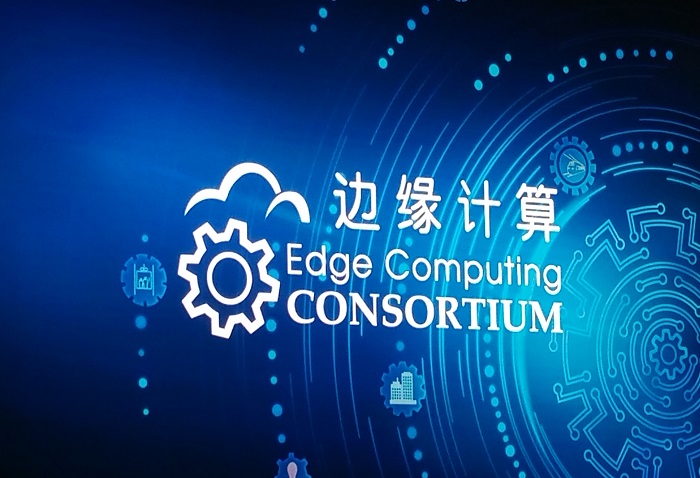The Internet of Things is an important means to realize the digital transformation of the industry and will give birth to new industrial ecology and business models. Without cloud computing alone, IoT projects cannot reach their full potential, especially in terms of real-time analysis, monitoring, and management. With the help of edge computing, the intelligence of the Internet of Things can be improved, allowing the Internet of Things to take root in various vertical industries.


So, what problems does edge computing solve for the Internet of Things?
1. Delay problem
Latency refers to the time required to process and analyze captured data. Devices connected to the internet must respond within 100 milliseconds, sometimes less than 10 milliseconds. Therefore, the computing process must be as localized as possible to offset the delays inherent in transmitting data over long distances.
With edge computing in IoT, the computation will be done close to the source, such as a sensor. If the sensors on the car determine that a collision is about to occur, then the system must be deterministic enough to deploy the airbag within a certain time frame. If there’s any lag in transmitting data over long distances, it’s simply not secure.
2. Bandwidth problem
Most IoT devices running software and generating data need to be linked to the cloud to store and further process that data. Therefore, a lot of power and bandwidth are required to transmit IoT data to the cloud.
Using edge computing in IoT, organizations can reduce Internet bandwidth usage because large amounts of data can be processed close to the source.
For example, edge computing cameras can help law enforcement agencies reduce bandwidth by analyzing video feeds from police dashboards. Camera cameras can generate large amounts of video and audio recordings in real time, but only send relevant data to the cloud when necessary.
3. Bandwidth cost issue
IoT applications generate large amounts of relatively low-value time series data. That means the cost of bandwidth, the opportunity cost of the device getting the bandwidth, the cost of storage and analysis, and the cost of computing this low-value time series data in the cloud.
With edge computing, this data can be captured, analyzed and aggregated if necessary before being sent to the cloud or other upstream aggregation point, which is much cheaper than sending unfiltered data over a WAN link. , the latter is usually very expensive.
4. Traditional system connection issues
Companies often connect legacy systems to the IoT with non-IP/Ethernet interfaces. Therefore, they require physical transformations from analog or proprietary system interfaces to be able to use and analyze the data. This can only be done next to the original device that generated the data.
This is where edge computing in IoT can help. The edge can act as an intermediary between old and new, adding intelligent capabilities to legacy assets without modern computing power.
5. Internet of Things security issues
Although cloud service providers have developed excellent security for end-customer IoT products, operational technology professionals still worry that their sensitive data is not safe once it leaves the walls of the enterprise.
To solve this problem, more intelligence can be added at the edge to protect the system, making it more robust against hackers and intrusions. Therefore, any disruption will be limited to edge computing devices and native applications on those devices.
Edge computing has a wide range of applications in the Internet of Things, and is particularly suitable for application scenarios with special business requirements such as low latency, high bandwidth, high reliability, massive connections, heterogeneous aggregation, and local security and privacy protection. In order to create IoT communication terminal products that are more suitable for industry applications, Zongheng Intelligent Control makes full use of edge computing technology and vigorously develops and produces the ZHL4911 gateway di edge computing. This series of products can help users quickly access high-speed Internet and achieve safe and reliable data transmission. .